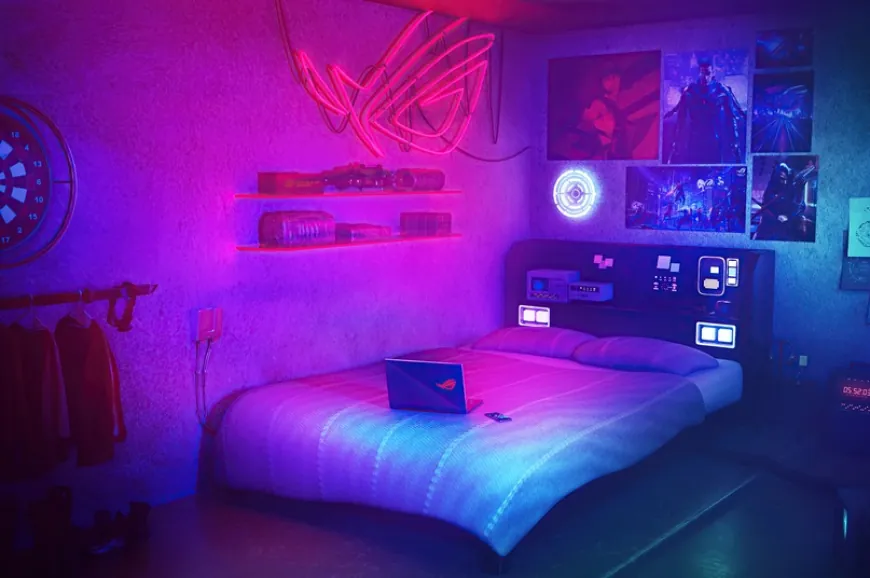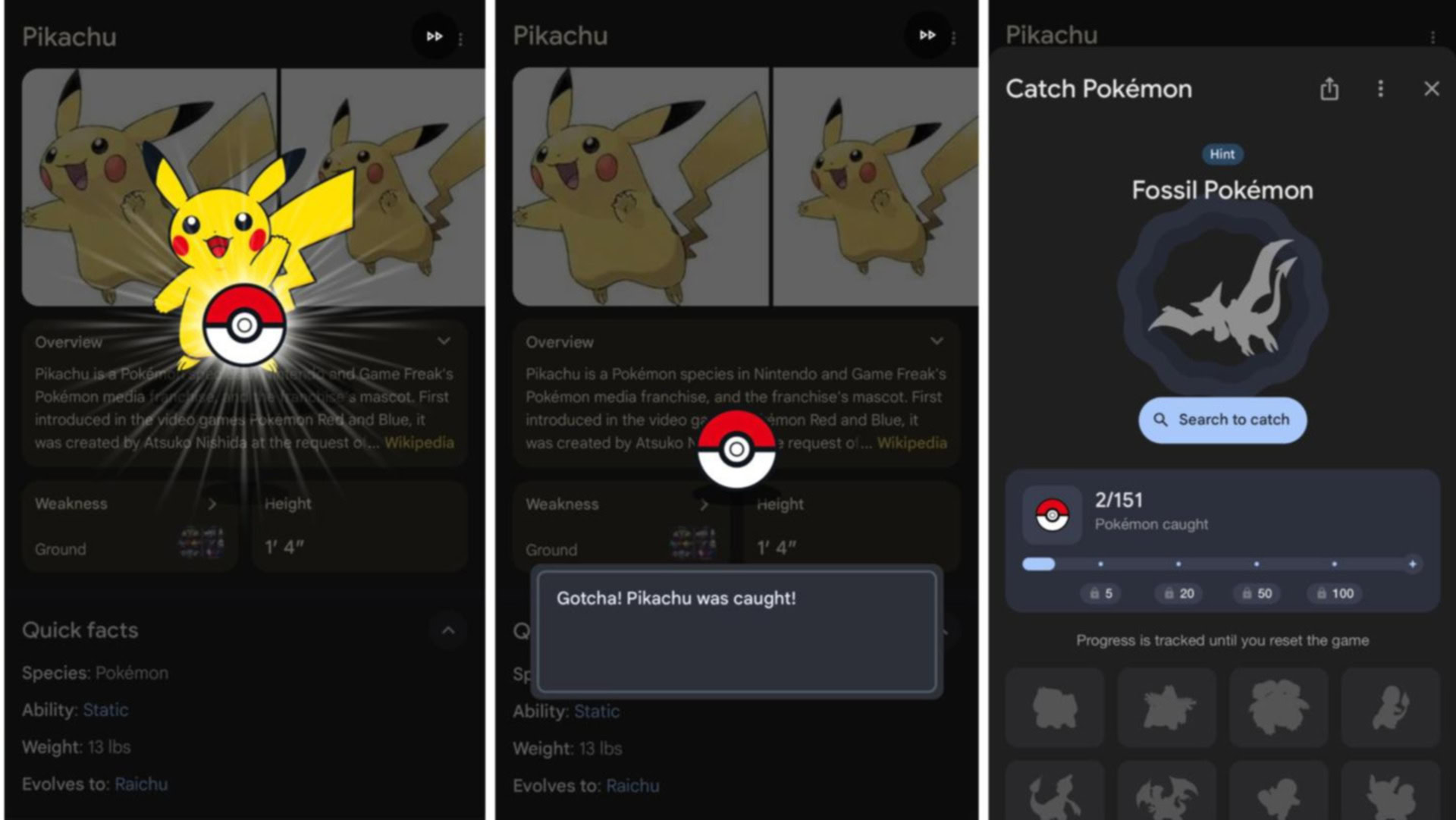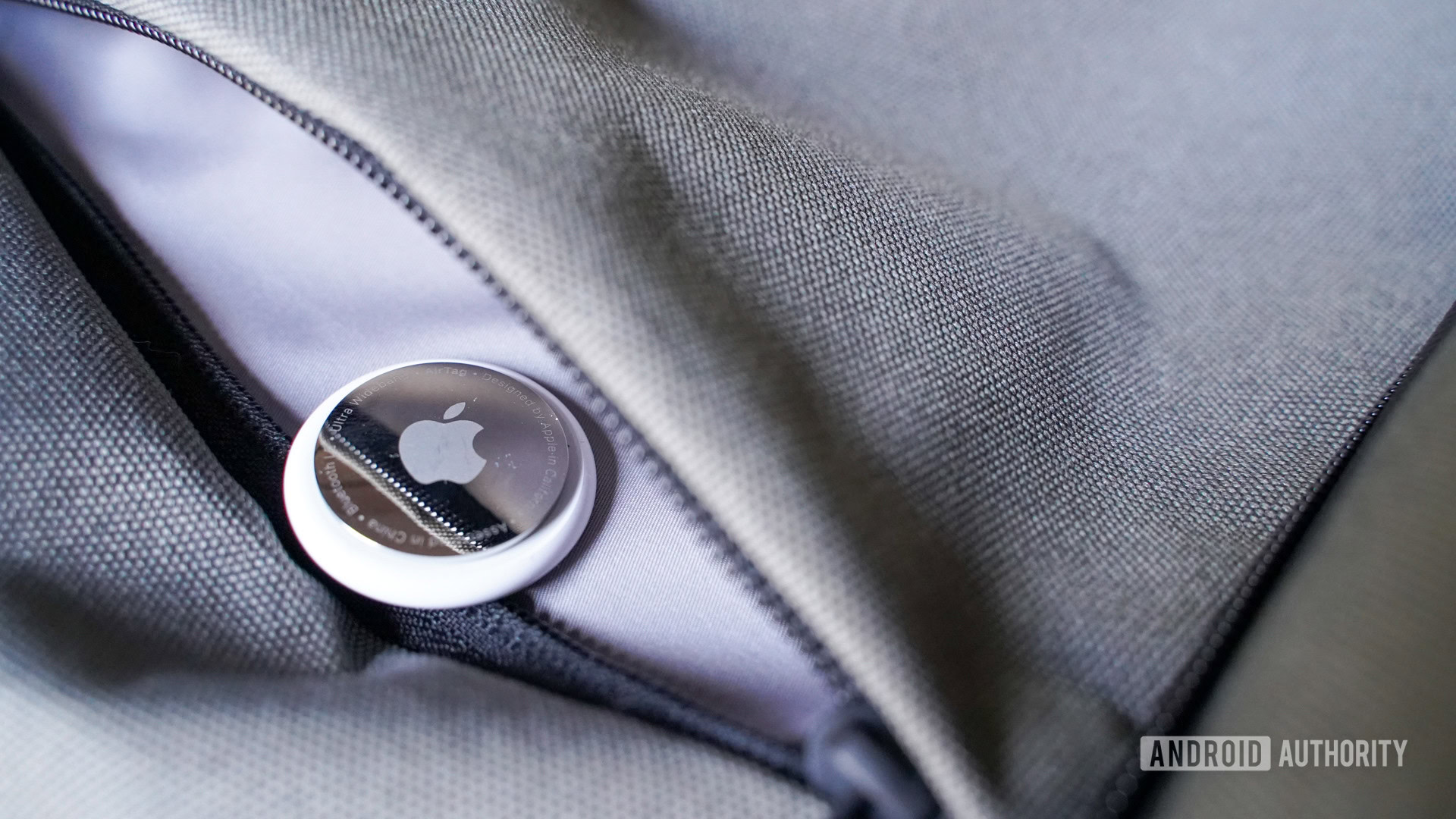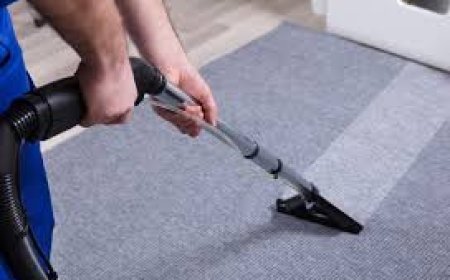Wallpaper: Evolution of Interior Design: A Journey Through the Decades In Global Market
The early 20th century saw a shift towards simpler, more minimalistic wall covering designs that reflected the clean lines and abstraction of Modernist architecture and interior design.

Evolution of Wallpaper Designs
wall covering has come a long way since its earliest days. Originally crafted in China during the Tang dynasty using ink and paint on paper or silk, wall covering design has evolved tremendously over the centuries. Early European wall coverings utilized wooden blocks to apply repetitive decorative patterns. By the 18th century, English manufacturers developed the technique of printing on continuous rolls of paper using copper plates, allowing for the mass production of more complex designs. wall covering patterns became extravagant statements of wealth and status throughout the Victorian and Edwardian eras, showcasing elaborate scenes, textures, stripes and geometric motifs.
Modernism and Minimalism
The early 20th century saw a shift towards simpler, more minimalistic wall covering designs that reflected the clean lines and abstraction of Modernist architecture and interior design. Wallcoverings incorporated geometric shapes, solid colors, and subtle textures rather than highly ornate patterns. Designers like Josef Hoffmann, Adolfo Natalini and Gae Aulenti created wall coverings exuding a sophisticated yet understated sensibility. Post-World War II saw a renewed interest in bolder colors, graphics and geometric patterns inspired by Op Art and Pop Art movements.
Contemporary Eclecticism
Today's Wallpaper covering designs reflect a broad range of influences and aesthetics. Both traditional and modern options are widely available to suit any interior style. From nature and floral motifs to abstract geometrics, metallics, and whimsical illustrations—there is a wall covering to match any taste. Designers incorporate new textures like grasscloth, metallics, and textures resembling stone, wood, and other natural materials. Mural wall coverings offer trompe l'oeil landscapes, architectural perspectives and graphic artworks that transform entire walls. Digital printing allows for one-of-a-kind custom designs. Eclectic mixes of patterns staged together create layered, artistic statements.
Bespoke and Specialty Wallpaper
Some designers and manufacturers have developed wall coverings catering to specialized applications and bespoke projects. For example, acoustical and soundproofing wall coverings boast unique non-woven compositions that absorb sound to enhance room acoustics. Other specialty papers are designed for high-moisture areas like bathrooms, with moisture-resistant and antimicrobial formulations. Some collaborate with artists, allowing gallery-quality works to adorn walls. Tailored wallcoverings are printed on-demand for site-specific architectural installations. Specialty vinyls stretch seamlessly over complex contoured surfaces. Such innovations continue pushing design boundaries.
Sustainability and wall covering
As environmental sustainability becomes increasingly essential in product development, wall covering manufacturers have followed suit. Many use renewable, recyclable materials in their backing compositions. Some embrace eco-friendly production processes involving low-VOC paints and inks. wall coverings made from recycled materials or bio-based substances avoid consumption of new raw resources. Naturally-derived coverings upgrade walls while maintaining nature-positive manufacturing. Designers launch collections made from resources like banana leaves and fallen palm fronds, supporting ethical material sourcing. Sustainable initiatives promote longevity through durable formulations suited for yearslong use before replacement or recycling. This eco-conscious evolution keeps wall covering relevant for modern customized interiors.
Revival of wall covering Usage
Interest in decorative wall coverings has seen a resurgence among both homeowners and commercial spaces in recent years. Several factors contribute to wall covering's return to popularity. Designers recognize it as a dramatic yet affordable way to transform any space while expressing individual style. Do-it-yourself installation through pre-pasted wall covering and innovative hanging tools has simplified the application process. A growing appreciation for craft, sustainability and customized interiors is driving demand. Commercial projects increasingly feature wall covering accents to cultivate memorable branded environments. Even technology integration now allows uploading custom photo wall covering designs for seamless printing on-site. As wall covering technology progresses alongside modern lifestyles, its role in interior design looks set to endure.
Final Thoughts
From its origins as an opulent symbol of aristocracy to an expression of artistic movements over centuries, wall covering continues adapting to new aesthetics and applications. Design innovation responds to demand across residential, retail, hospitality and other commercial markets.
In Summary, whether classic florals or embossed textures, murals masquerading as architecture or sustainability-minded eco-friendly options - wall covering satisfies the desire to transform spaces affordably through beauty and customization. Its enduring story exemplifies wallcoverings as dynamic interior design frontiers that evolve alongside human creativity. With an abundance of choices, wall covering's future remains bright as one of interior design's most dramatic and customizable surface treatments.
Get more insights on Wallpaper
Unlock More Insights—Explore the Report in the Language You Prefer
About Author:
Ravina Pandya, Content Writer, has a strong foothold in the market research industry. She specializes in writing well-researched articles from different industries, including food and beverages, information and technology, healthcare, chemical and materials, etc. (https://www.linkedin.com/in/ravina-pandya-1a3984191)
What's Your Reaction?
 Like
0
Like
0
 Dislike
0
Dislike
0
 Love
0
Love
0
 Funny
0
Funny
0
 Angry
0
Angry
0
 Sad
0
Sad
0
 Wow
0
Wow
0















































